Adding solar lights to your garden is a great step towards creating a sustainable environment. It simply works like any other light that relies on electricity. But many times, users are seen struggling with trying to make their solar garden lights brighter.
Are you one of them? Are you wondering how to make solar garden lights brighter? If so, then you, fortunately, seem to have landed on a worthy page. Wanting to make your solar garden lights brighter has a lot to do with understanding the equipment and the number of equipment you use.
several points drive this brightness factor, and knowing them in detail is the only way to deal with it. Don’t you sometimes wonder what volt of light your solar garden light might be producing? We guess, most of the time, you do.
So today, as we progress ahead, we will get your questions briefly and satisfactorily answered. So, without wasting any time, let us begin with the topic.
How Many Volts Does a Solar Garden Light Produce?

The voltage of the solar garden light depends on certain factors. As we know that there are various types of solar lights available in the market. The user brings home the solar lights that meet their needs perfectly. Thus, we get to see variations in types & capacities in solar lights from every door to door.
Therefore, giving a random figure to the voltage produced by the solar lights in your garden is not possible. But a general calculation states that the maximum voltage produced by a single solar cell is 0.45 volts. So, if you want to measure the total voltage, you could multiply the voltage of 1 solar cell by the number of solar cells present in your total set.
The calculation can differ later based on the size of the battery, cell, and efficiency. Thus, the total voltage your garden solar light produces entirely depends on the solar light one chooses to use in their garden.
If the garden area or the outdoor space you have seemed to be large, then consider using solar lights that can spread the brightness to larger areas.
Types of Batteries and Voltages used in your Solar Lights.
Knowing the interior of your solar light, in brief, can help you understand the voltage aspect in a far better way.
Lead Acid Batteries
These types of Batteries are made by connecting 6 cells in series order. Each cell of the set produces a voltage of 2 to 2.1 Volts. Thus, if your solar set uses a lead-acid battery, then it means that it produces a voltage of 12 Volts.
Lithium Iron Phosphate Battery
The cells of these batteries produce a voltage of around 3.2 volts per cell. Thus, only 4 cells are required to generate a nominal voltage of 12.8 V. The cells of Lithium-Ion produce a voltage of 3.7 Volts per cell.
Types Of Outdoor Solar Garden Lights
The kind of Solar light you choose to use has a lot to do with the brightness you experience. Thus, if you want to have more lights in your garden area, you need to choose one accordingly.
Below are a few well efficient types of Solar Lights for outdoor spaces that you would want to consider.
- Solar Floodlights
- Solar-Powered Motion Security Lights
- Solar-Powered Shed Lights
- Solar Camping Lanterns
- Solar Christmas Lights
- Solar Path Lights
- Solar String Lights
- Solar Flagpole Lights
- Solar Lamp Posts
Factors Influencing Solar Lights
several factors are responsible for the effectiveness of your solar lights. If these factors are met responsibly, you will enjoy a brighter spread of lights. And if these factors are not met, you will need to adjust them to experience high voltage emission of light.
- Check if your solar lights setup is active.
- Ensure to have given it enough exposure to the sunlight.
- Check for the battery capacities and solar cells placed in the set.
- Clean the lenses and panels timely.
- If the problem persists, contact customer care.
Conclusion
Finding out the exact voltage of your Solar Garden Light depends on the Solar Light system you are using. Every solar light is designed differently. Thus, they have different efficiency properties.
As a responsible user, you need to understand the in and out of solar lights to analyze the total voltage amount it emits. Keep a note of the batteries your light uses and then identify the capacity of each cell in terms of voltage and multiply with the total number of cells present in the setup.
That is how you can find the voltage efficiency of your solar garden light. We hope this article helped you answer your questions effectively.
If in case you still have any doubt or question on the above-discussed subject, please feel free to voice it using the comment section below. We will get back to you at the earliest possible with the best knowledge available on the same.

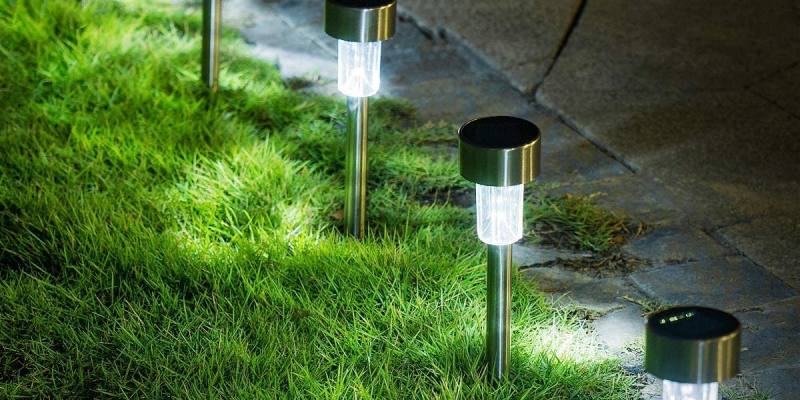

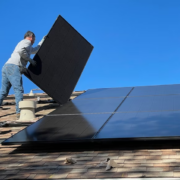



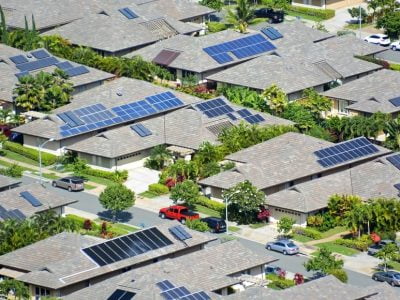
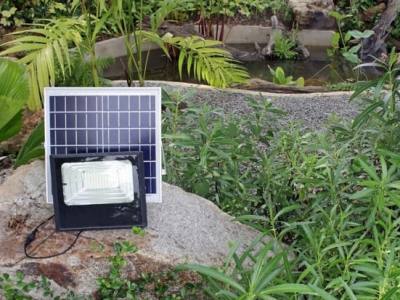
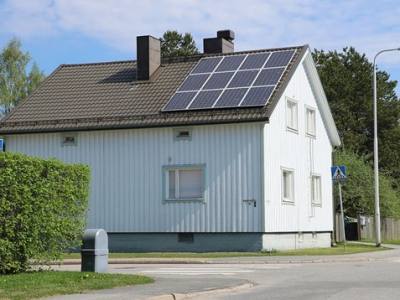
Comments